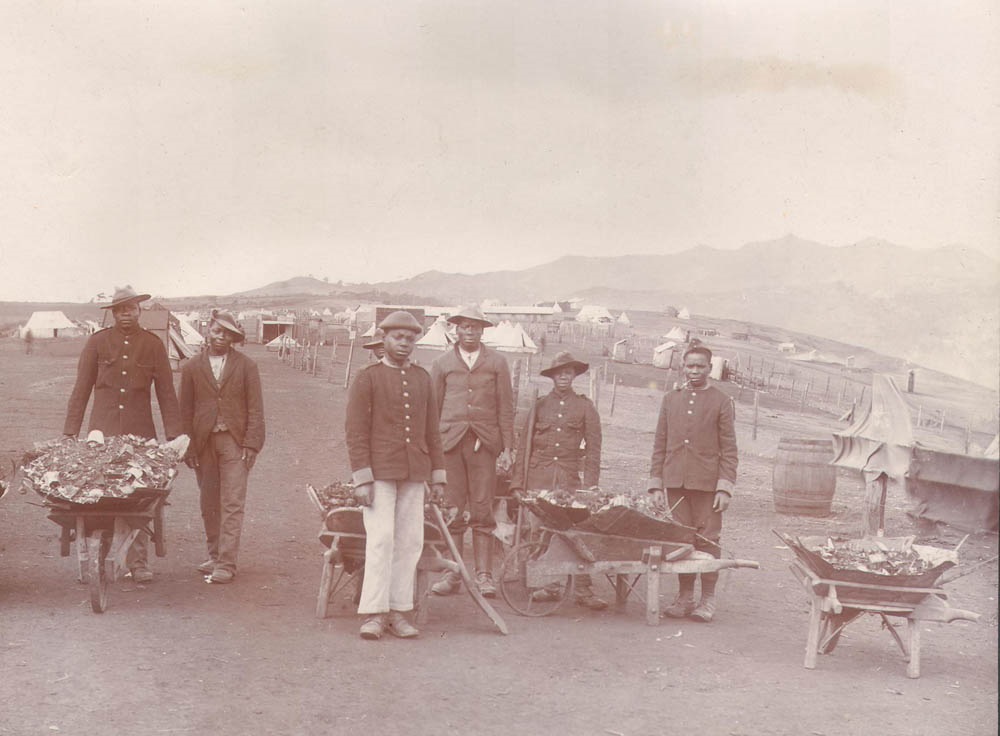This Day in History: September 22, 1900
Additional Date: September 22, 1900
The first 2 'refugee' camps were established in Pretoria and Bloemfontein during South African War (Second Anglo-Boer War) by a military notice. The initial aim of the establishment of these camps was to provide protection to the families of boers who had surrendered voluntarily during the war. As the 'scorched earth' policy of the British forces proceeded, families of the combatant burghers were driven into these and other camps and they ceased to be refugee camps, becoming instead concentration camps. By the end of the war 4 177 women, 22 074 children and 1 676 elderly men, died in these camps. The death toll in Black concentration camps, housing Africans who had been rounded up by British forces, was nearly as high. Defn: 'Scorched earth' policy: In March 1901 Lord Kitchener, the commander of the British forces, decided cut off the supply of food to the Boer soldiers. They were being supported by the people on the farms so he initiated the "scorched earth" policy. About 30 000 Boer farmhouses and more than 40 towns were burnt to the ground and destroyed. He also had animals like horses, cattle and sheep, killed. Children, women and black people were put in concentration camps. Towards the end of the war there were more than 40 camps housing 116 000 white women and children, with another 60 camps housing 115 000 black people. These camps were overcrowded, the captives underfed and the conditions poor.
